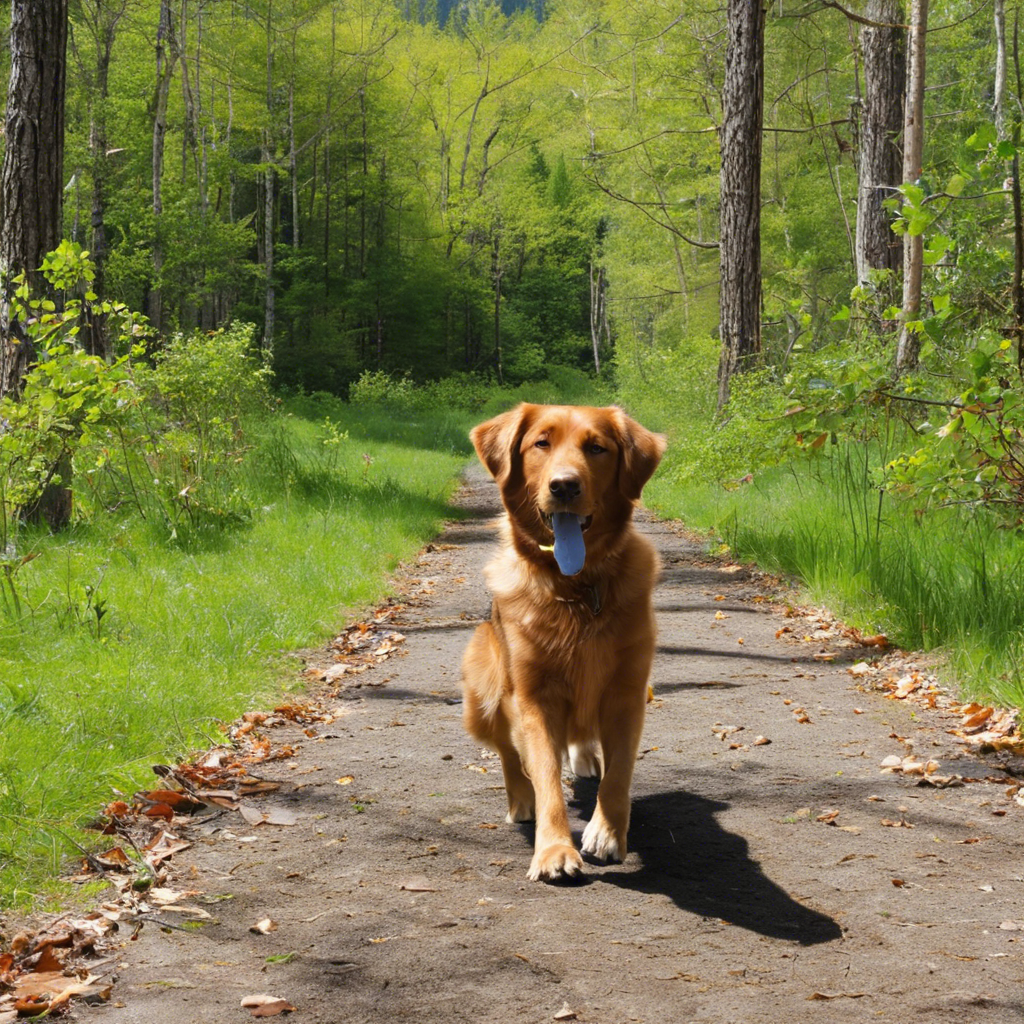# Training Your Dog to Come When Called: Mastering the Art of Recall
Having a dog that reliably comes when called is a dream for many pet owners. The ability to call your dog back to you in any situation is not only convenient but also ensures their safety. Whether you’re in your backyard or exploring the great outdoors, a strong recall command can give you peace of mind and strengthen the bond with your furry friend. Let’s dive into the process of training your dog to come when called and explore some tips and tricks to make it a success.
## The Importance of Recall
The ‘come’ command is one of the most valuable skills you can teach your dog. It can prevent your dog from getting into dangerous situations, such as running into traffic or encountering aggressive animals. A well-trained recall can also save you from countless hours of searching if your dog ever escapes or gets lost. Moreover, it provides you with a fun and effective way to engage your dog during playtime and adventures.
When your dog consistently responds to the recall command, it demonstrates their trust in you and their understanding of the boundaries you set. This level of communication and obedience strengthens the connection between you and your dog, creating a harmonious relationship based on mutual respect and understanding.
## Getting Started: Building a Solid Foundation
Before you begin training, it’s crucial to set your dog up for success by creating the right environment and mindset.
**Choose the Right Location:** Start training in a quiet, familiar area with minimal distractions. Your backyard or a quiet park can be ideal for initial training sessions.
**Select a Motivating Reward:** Identify what motivates your dog the most. For some dogs, it might be treats, while others may prefer praise or a favorite toy. Using a variety of rewards can keep your dog engaged and excited during training.
**Teach a Strong Cue:** Use a clear and consistent cue word or phrase, such as “Come” or “Here.” Ensure that you have your dog’s attention before giving the command, and always use a happy, positive tone of voice.
## Step-by-Step Training Guide
1. **Begin with Short Distances:** Start training from a few feet away. Call your dog using the chosen cue and reward them generously when they come to you. Repeat this process multiple times until they consistently respond to the command.
2. **Increase Distance Gradually:** As your dog becomes more reliable, gradually increase the distance between you and your dog before calling them. This helps to generalize the command and ensures your dog understands that “come” means returning to you, regardless of the distance.
3. **Add Distractions:** Slowly introduce distractions to make the training more challenging. Start with minor distractions, like a toy nearby, and gradually work towards more enticing ones, such as other people or animals. Always ensure your dog’s safety during this process.
4. **Proof the Behavior:** Proofing the recall command means ensuring your dog responds consistently in various situations. Practice in different locations, with varying levels of distractions, and at different times of the day. This will help your dog understand that the recall command is always in effect.
5. **Use a Long Line (Optional):** If you’re training in an open area, consider using a long line (a long leash) attached to your dog’s collar or harness. This allows you to have control over your dog while still giving them the impression of freedom. If they ignore the recall command, gently guide them towards you while calling their name.
## Troubleshooting Common Challenges
Training the recall command can sometimes come with its own set of challenges. Here are a few tips to address potential issues:
– **If your dog ignores the command:** Avoid repeating the cue repeatedly. Instead, create a more enticing reward or use a higher-value treat to capture their attention.
– **For dogs that find it hard to focus:** Try training them in quieter environments with fewer distractions. Gradually increase the difficulty level as they improve.
– **In case your dog becomes overly excited:** Practice recall training in a calm and relaxed manner. Reward your dog for a calm response, and teach them that a controlled return earns them more praise and treats.
## Advanced Recall Training
Once your dog has mastered the basics of the recall command, you can take their training to the next level:
– **Recall with Obstacles:** Set up a simple obstacle course and practice recalling your dog through it. This can include weaving around cones, jumping over small hurdles, or navigating through tunnels.
– **Long-Distance Recall:** Practice calling your dog from increasingly longer distances, challenging their ability to respond even when you’re far away.
– **Recall with Multiple Dogs:** If you have more than one dog, work on group recall training. This will teach your dogs to respond individually while still enjoying each other’s company.
## Maintenance and Consistency
Like any skill, the recall command requires regular practice to maintain effectiveness. Incorporate recall training into your daily routine, using it in various situations to keep your dog sharp and responsive. Be consistent with your cues and rewards to reinforce the desired behavior.
## Conclusion
Training your dog to come when called is an invaluable skill that will enhance your dog’s safety and your overall relationship. With patience, consistency, and positive reinforcement, you can achieve a reliable recall, ensuring your dog responds promptly and happily to your call. Remember, the key to success lies in creating a strong foundation, gradually increasing challenges, and maintaining regular practice. Happy training and enjoy the adventures with your four-legged friend!

